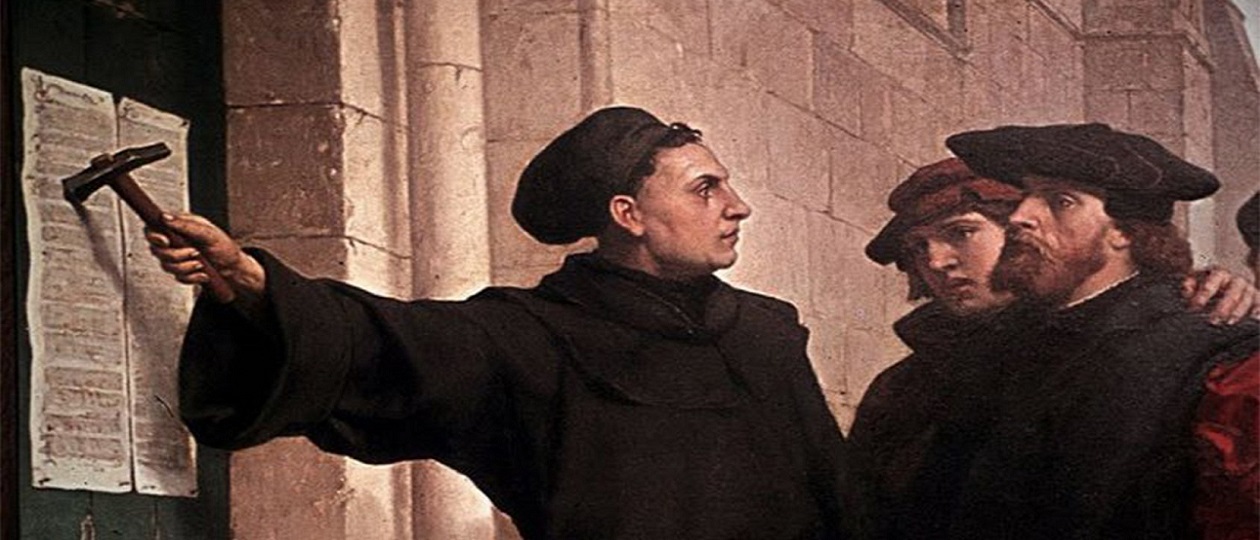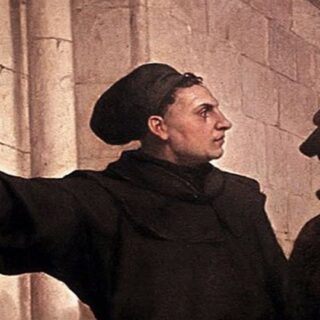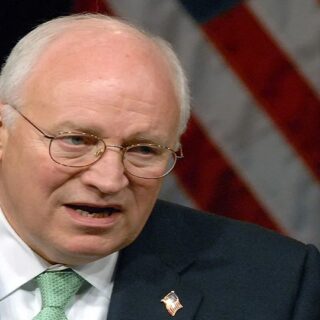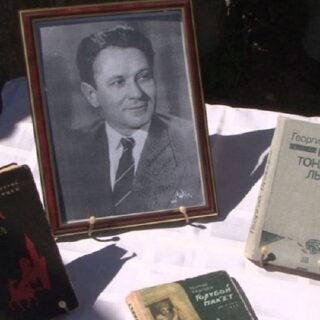
Almost two thousand years ago, the first disciples of Christ were passing on the news of the Resurrection with awe and fear, and the Church was just beginning to emerge in the homes, streets, dungeons, and squares of the empire.
Today, it is difficult for us not to wonder: what happened to the one Body of Christ that the Savior Himself prayed for? “May they all be one, just as You, Father, are in Me, and I in You, and they also be in Us, so that the world may believe that You have sent me” (John 17:21).
These words resound today with special pain and at the same time with unflagging hope. We live in an era when Christianity is the most divided religion in the world.
Thousands of denominations, dozens of traditions, hundreds of theological schools — all under the same name of Christ. How did it happen? And where are we going?
The history of the Church is not a linear path from darkness to light. It is a drama of faith, struggle, error, and awakening. Even in the early centuries of Christianity, there were disputes about the nature of Christ, the power of grace, and the authority of bishops. The first Ecumenical Councils were not so much about establishing a new truth as about protecting the truth that had been passed down by the “holy fathers.” But even then, the unity of the Church was fragile. The Great Schism of 1054 between East and West was not a sudden break, but the result of centuries of accumulated misunderstandings, cultural differences, political ambitions, and theological nuances.
Orthodoxy preserved the ancient liturgical fabric, deep mysticism, and apostolic succession through ordination, but found itself isolated from the West. Catholicism, on the other hand, developed a centralized structure and a philosophical theological tradition, but gradually began to drift away from the simplicity of the Gospel, replacing it with a complex system of canons, hierarchy, and intermediaries.
And then, in 1517, the Reformation broke out. Martin Luther, an Augustinian monk, did not want to destroy the Church; he wanted to save it. He saw how God’s grace was being commodified, how fear of purgatory was replacing love for God, and how Scripture was becoming a closed book for ordinary people. His cry, “Sola Scriptura, Sola Fide, Sola Gratia,” was not a call for a new religion, but an attempt to return to the basics.
However, history rarely follows a predetermined path. What began as an internal renewal became a schism. And not just a schism, but a multiple disintegration. Protestantism, born of a desire for the purity of the Gospel, has given rise to countless denominations, each claiming to possess the truth, but often losing touch with the historical Church, the sacraments, the liturgy, and the apostolic succession.
Paradoxically, the pursuit of unity in truth has led to fragmentation, and the desire to liberate faith from human traditions has given rise to new traditions, sometimes even more narrow and sectarian.
Today, an Orthodox Christian, a Catholic, and a Protestant can pray to the same God, read the same Gospel, but live in completely different church worlds. One sees salvation in the sacraments, in the liturgy, in the continuity and humility of the Church as the Body of Christ. Another sees salvation in obedience to the Pope, in a universal structure, and in the synthesis of faith and reason. The third sees salvation in personal communion with God, in Scripture as the sole authority, and in freedom of conscience. All three of them can be sincere, pious, and full of love for God and their neighbor. But why did Christ pray for unity? Perhaps unity is not an external structure, but an internal reality that we have lost because we are too busy arguing about forms.
The modern era presents new challenges. Secularism blurs the boundaries not only between religions, but also between faith and non-belief. The church, instead of being the salt of the earth, often becomes a cultural brand that adapts to consumer tastes. Protestant megachurches are building business models around “spiritual products,” Catholic structures are struggling with the aftermath of scandals, and Orthodox hierarchs are caught up in political games. All of this is a symptom of the same thing: the loss of the original fire. We have forgotten that the Church is not an organization, but an organism. It is not an institution, but a Sacrament. It is not a community of interest, but the Body of Christ, where every member is connected to the other by love and service.
Yet, there are glimpses of hope in this bleak landscape. In recent decades, dialogue between denominations has become deeper and more sincere. Catholics and Lutherans have signed a Joint Declaration on the Doctrine of Justification, something that would have seemed impossible just half a century ago. Orthodox and Protestant Christians are participating in joint prayers for persecuted Christians. Young Christians are increasingly asking questions not about “who is right” but about “how to be faithful to Christ.” Perhaps this is the path to a new unity. Not through the unification of rites or submission to a single structure, but through a return to the Gospel as the heart of faith. Through the recognition that each of us is a sinner in need of mercy. Through humility before the mystery of the Church, which none of us can fully comprehend.
We cannot “build” the Church with our own hands. We can only pray that God will build us. We cannot “make” unity. We can only live in unity — in love, in humility, in willingness to listen to one another, even when we do not agree.
Two thousand years after the birth of Christ, we are faced with a choice: to continue building our own church castles of doctrine, tradition, and ambition—or to kneel and acknowledge that only Christ is the Head of the Church. Only He can restore what we have destroyed. Only He can heal what we have wounded. And perhaps it is on this day, October 31, a day that some call a day of joy and others a day of sorrow, that we can come together, without regard to our denominations or labels, and say a simple prayer: “Lord, restore us. Gather us together. Make us one, not in form but in Spirit.”
Christ did not seek followers for the sake of numbers. He knew that many would fall away when they heard difficult words. He did not compromise the truth for the sake of popularity. He did not seek protection from the authorities; instead, he exposed the hypocrisy of the religious leaders of his time. His Church is not an institution that protects itself with laws and walls, but a community that risks itself for the sake of love. It is not afraid to be small if it is faithful. It does not seek influence if that influence distances it from Paradise.
His Church is not a place where everything is perfect, but a place where you can fall and be lifted up. It is not a community of the sinless, but a hospital for the soul. It is not a fortress against the world, but a light in the world. It is not a repository of tradition, but a living source of water that flows into eternity. It is not afraid of the modern world, because its foundation is the eternal Word. It does not cling to the past, because its Lord is “Alpha and Omega.”
And perhaps this is why, on a day when some celebrate the Reformation as a liberation and others mourn the schism, it is worth remembering this Gospel passage. For as we argue about who is “closer to the truth,” who has “preserved the apostolic succession,” and who is “faithful to the Scriptures,” we risk missing the most important point: “Whoever wants to be first must be slave to all.”
We tend to judge not only by the doctrine, but also by the style of worship, by the church affiliation, by the political views, by “how to pray correctly,” by being baptized, by taking communion. But Christ and His apostles remind us: God is wider than our boundaries. And if we want to be faithful to Him, we need to learn to rejoice not only in what happens in our churches and communities, but also in what He does beyond them.
After all, as Paul said: “So, whoever is united to Christ is a new creation. The old has passed away, and the new has come.” (2 Corinthians 5:17).
Everything else is a shadow compared to this.





